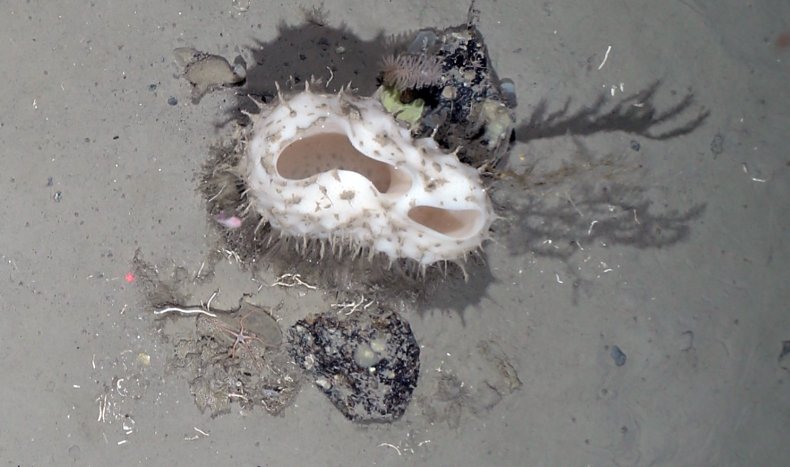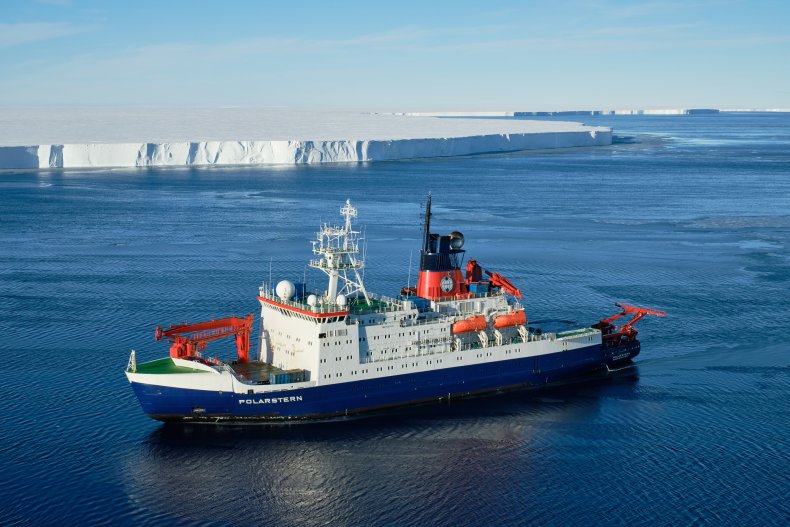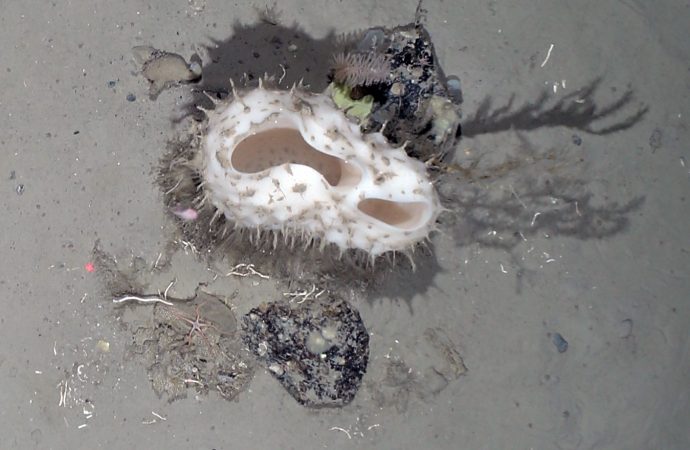Scientists have captured images of a region of the Antarctic seafloor that, until recently, was hidden under a thick sheet of ice.
Source: Newsweek
On February 26, a huge iceberg called A74 broke apart from the Brunt Ice Shelf in the Antarctic. The berg has an area of some 790 square miles, which is around one-and-a-third times the size of Houston, Texas.
An iceberg split of this size is rare, occurring roughly once every decade in the Antarctic, according to the Alfred Wegener Institute (AWI) polar research organization. Smaller ones break more frequently.
A German research ship, the Polarstern, was nearby. Until the glacier broke away, the seafloor underneath it had been off-limits to the ship because the imaging technology onboard involved dragging a camera behind the ship on a cable.
Presented with the new opportunity, the Polarstern sailed up the gap between the iceberg and the shelf from which it broke, and scientists began taking snapshots of the pristine environment of the ocean floor below.
They were thrilled with what they found. According to the AWI, which operates the Polarstern, the researchers onboard discovered impressive biodiversity below them.
The lifeforms they encountered included at least five species of fish, two species of squid, sea cucumbers, mollusks, and more.

The AWI said icebergs of that size only carve roughly once every ten years in the Antarctic, though smaller bits tend to break off more often. A warmer atmosphere driven by global warming could see icebergs calve more frequently.
Hartmut Hellmer, a physical oceanographer at the AWI and head of the expedition, said in a statement: “It’s extremely fortunate that we were able to respond flexibly and explore the calving event at the Brunt Ice Shelf in such detail.”
Huw Griffiths, from the British Antarctic Survey, told the BBC: “What they have found isn’t shocking but it is amazing to get these images so soon after a calving event and it is definitely the largest area that will have been surveyed in this way.”
The Polarstern conducts research in the area to help scientists understand the processes behind such glacial calving events as well as create computer models to help them predict how global warming will affect Antarctica. The region hit a record high temperature in 2020.
Global rises in temperature have not yet affected East Antarctica, where Polarstern operates, in the same way as it has warmed West Antarctica. But climate models predict this could come to an end over the course of the century as air temperatures affect sea ice.

Source: Newsweek

































Leave a Comment
You must be logged in to post a comment.